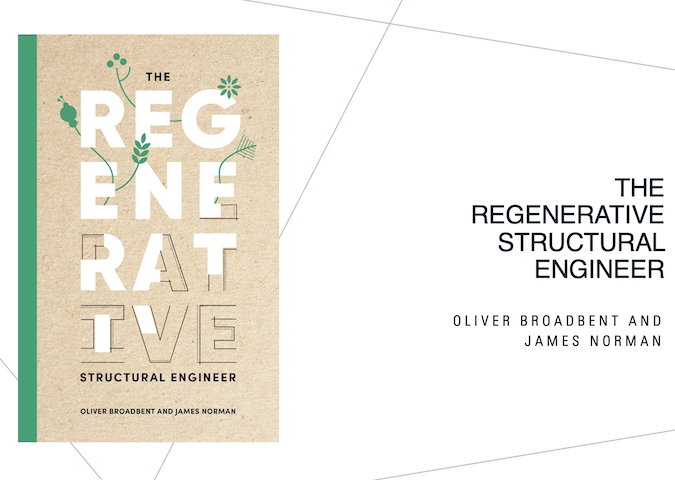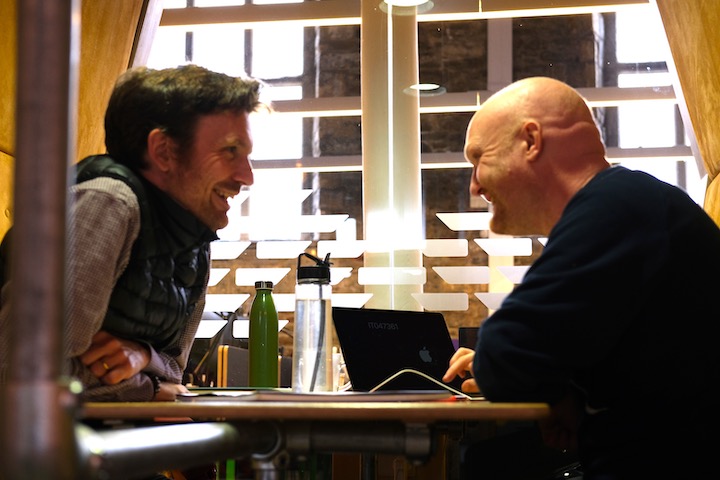
What if every time we built something, the world got better? Not just better in the place where we built it, but better everywhere the construction process touches?
It is such a simple question but the answer is hard to imagine. Because the way we build things in the Global North now couldn’t be further from making things better. We know that despite over twenty years of trying to design and build sustainably, the construction sector is making a significant contribution to the climate and biodiversity emergency.
But what if we start to imagine a construction industry that, rather than contributing to destruction of our planetary life-support systems, was actually playing a role in making things better?
That is exactly what regenerative design seeks to do. It is a term that has been gaining traction in our industry for several years. The aim of regenerative design is for human and living systems to survive, thrive and co-evolve. So that, simply, every time we built something, our communities and our ecosystems got better.
So where do we begin, and what role can we play? These are the questions that James Norman and I have aimed to answer in our book, the Regenerative Structural Engineer. (And here’s a secret – it’s not just for structural engineers, but for anyone working in the built environment. Because it is not about what we do in our siloes, but how we work together to create system change.)

We split the book into three parts. The first part introduces regenerative thinking.
We use a systems model to explain the limits of sustainability and how regenerative design seeks to make a more profound change to the way we operate as industry. In Part One we use the living world as blueprint for understanding how we act as industry could enable us to survive, thrive and co-evolve as part of a web of life on earth. We define the role of the regenerative structural engineer as using their influence to create a transition to a regenerative built environment industry.
In Part Two we get more hands-on, starting with how structural engineers can create a transition to a regenerative industry through the way they design. From design we then consider how we can influence wider systemic change in industry, from reimagining our supply chain to how we work with the communities we are designing for. And finally in this part we examine how changing our mindsets and help us better imagine this transition to a regenerative built environment.
Part 3 is all about how we sustain this practice. How we carry on doing this work of transition when it all becomes too hard. How we can sustain our imagination, the vision of a better future that can drive us on. We conclude with an artefact from the future, a vision for what the role of a regenerative structural engineer could be in 2050.
Throughout we have woven in case studies to show how many people are already doing the work to create this transition – people that we can take inspiration from and were appropriate support through our own work.
Overall, the book is an invitation for us to use our considerable influence as designers to drive a transition to a built environment industry that, every time it builds something, actually makes the world better.
